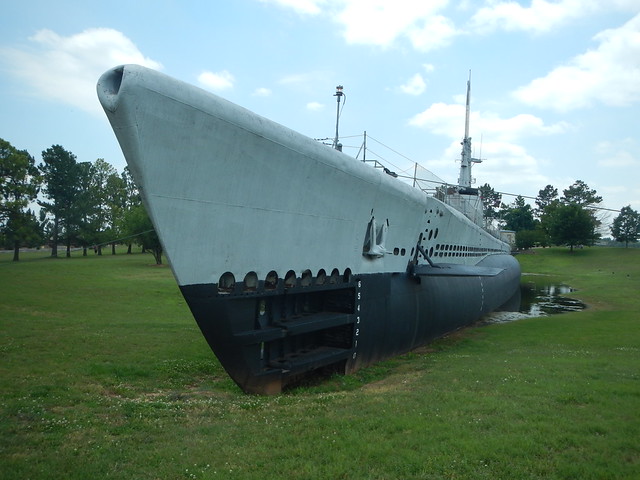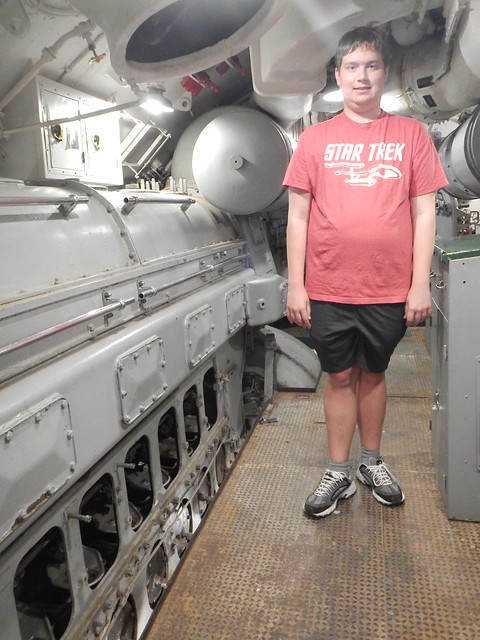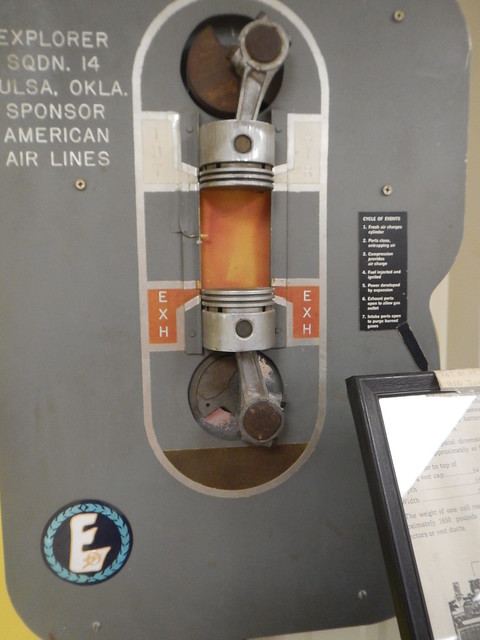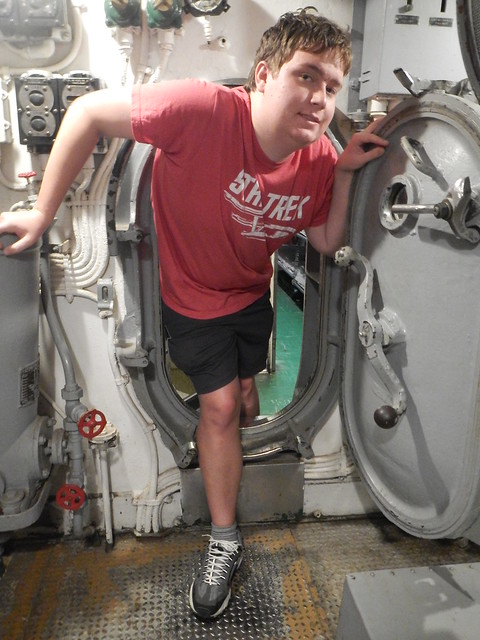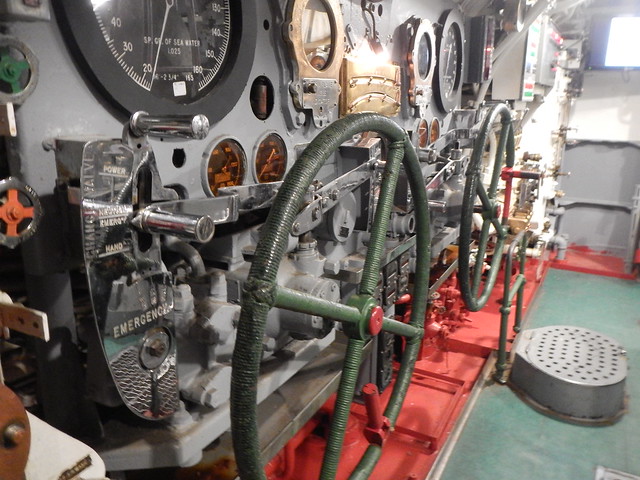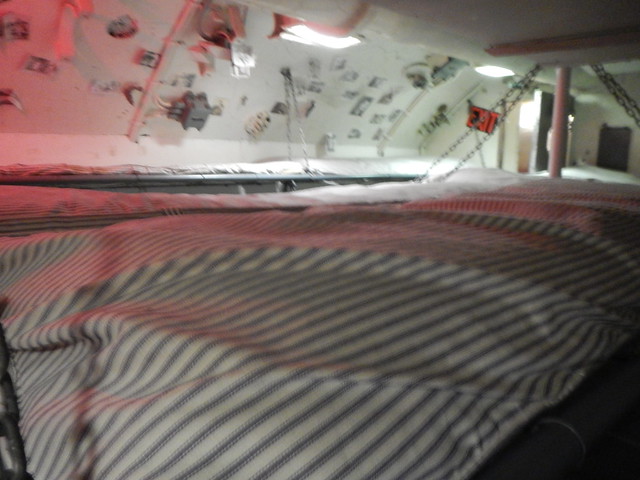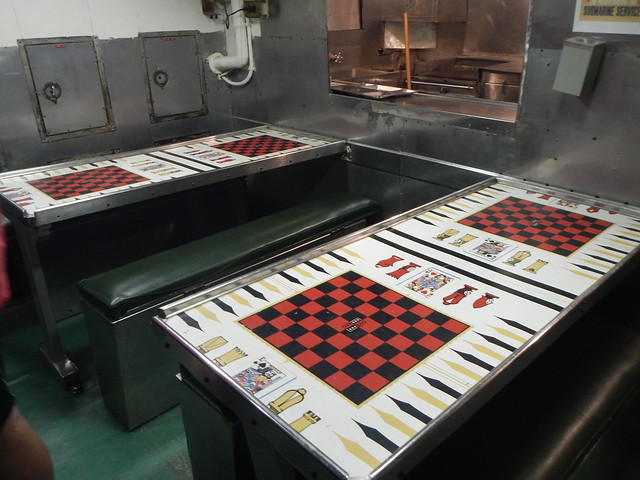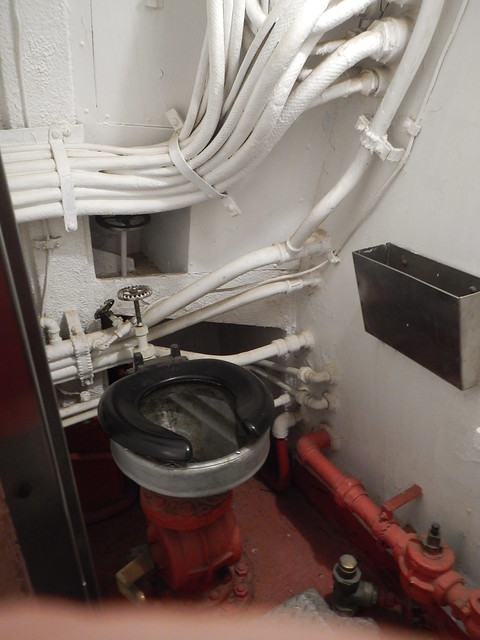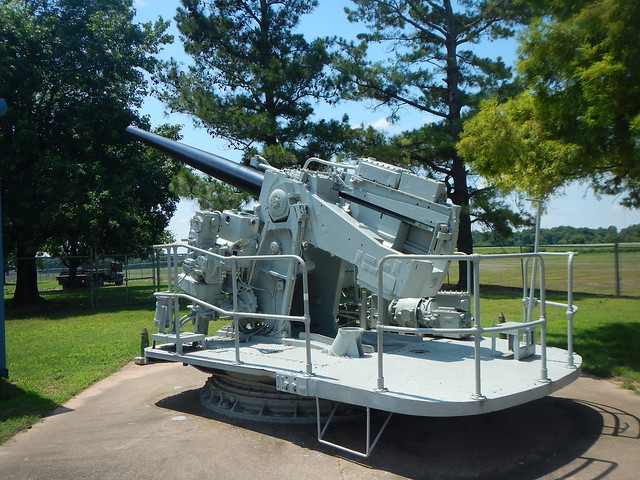Logan and I ventured down to the town of Muskogee, Oklahoma to look at the USS Batfish. A World War II United States Navy Submarine that is on display there. The Batfish has a distinguished war record highlighted by sinking three Japanese submarines in a 76 hour period. You can read about the history of the Batfish and its war record here.
The thing about submarines is how cramped they are even though they look big on the outside. They are a war machine after all designed to sink other ships and so everything is secondary to that. Above Logan is standing next to the diesel engines that powered the vessel. I know a little bit about those engines. They are Fairbanks Morse engines and they pack a lot of power in a small space. They have two crankshafts and each power cylinder has two pistons. The crankshafts are linked together.
Above is an illustration of how it works. I know about them because when pollution regulations really started hitting the energy industry in the 1970’s, somebody figured out that you buy these engines and derated the horsepower , then the the NOx emissions were very low. So a lot of old submarine engines powered natural gas compressors until manufacturers developed the technology to make new engines very low emitters of NOx. The thing I always wondered about was that the Fairbanks Morse engines were notorious for being VERY LOUD. I don’t know how the submariners could stand it. (Sorry for the digression)
I don’t think my 6’3″ son should sign up for the submarine service.
The vessel is packed with dials, gauges, valves, and all sorts of gadgets. The sub is open and there are very few “don’t touch” signs.
The sleeping areas are very small. These are triple bunks with very little room. They had cots over the torpedoes. They only had enough beds for half the crew. The crew had to share beds. Yuck.
All the areas had double duty, dining table, game table, conference table.
Not too many toilets either and they were not that easy to operate.
The USS Batfish is part of the Muskogee War Memorial Park and they have a nice little museum and other information. Before you visit check out their facebook page to make sure they are open. There is a small admission charge. The place is run by volunteers who really have a passion for the submarine.
How did a submarine come to be placed in Oklahoma The Wikipedia entry for the submarine has the backstory. The submarine was placed on six barges and towed from the Mississippi River to Muskogee on the McLellen Kerr Navigation System, a 445 mile long water way with multiple locks and dams that has made Tulsa’s Port of Catoosa the most inland seaport in the country.
We had a good time and spent a couple of hours and I “found” a virtual geocache placed in the submarine.

